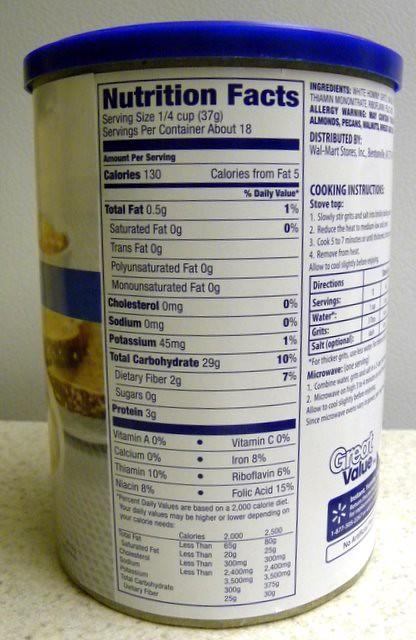In the world of fitness, where every rep counts and every step matters, the fuel you choose can make all the difference. Yet, navigating the maze of nutrition labels can feel like deciphering an ancient script. With promises of energy boosts and muscle recovery splashed across countless products, how do you know what’s truly beneficial for your workout? Understanding nutrition labels is not just about counting calories or grams of protein; it’s about unlocking the potential of each ingredient to optimize your performance. In this article, we delve into the art and science of reading nutrition labels, empowering you to make informed choices that align with your fitness goals and propel you towards new personal bests. Whether you’re a seasoned athlete or just beginning your fitness journey, this guide will illuminate the path to smarter fueling strategies, ensuring that what you consume works as hard as you do.
Decoding the Essentials Understanding Macronutrients for Energy Boost Tailoring Your Intake for Different Workout Intensities Spotting Hidden Sugars and Unnecessary Additives
To truly harness the power of nutrition labels for optimized workout fuel, it’s crucial to understand the role of macronutrients in energy provision. Carbohydrates, proteins, and fats are the cornerstones of your diet, each playing a unique role in fueling different types of workouts. For high-intensity sessions, look for labels rich in complex carbohydrates, which provide sustained energy. Moderate protein levels are key for muscle repair, particularly after weight training, while healthy fats can offer a steady energy source for endurance activities. Tailoring your intake based on the intensity and type of workout can lead to noticeable improvements in performance.
While macronutrients are essential, hidden sugars and unnecessary additives can sabotage your efforts. When scanning labels, keep an eye out for sneaky sugars under aliases like sucrose, glucose, or high-fructose corn syrup. Additionally, watch for additives that might not contribute positively to your energy levels. Consider these guidelines when examining labels:
- Prioritize whole foods: Foods with fewer ingredients often have fewer additives.
- Look for natural sugars: Ingredients like honey or maple syrup can be preferable to refined sugars.
- Avoid artificial sweeteners: These can sometimes lead to energy crashes or digestive discomfort.
By mastering these label-reading skills, you’ll be better equipped to choose foods that fuel your workouts effectively and efficiently.
